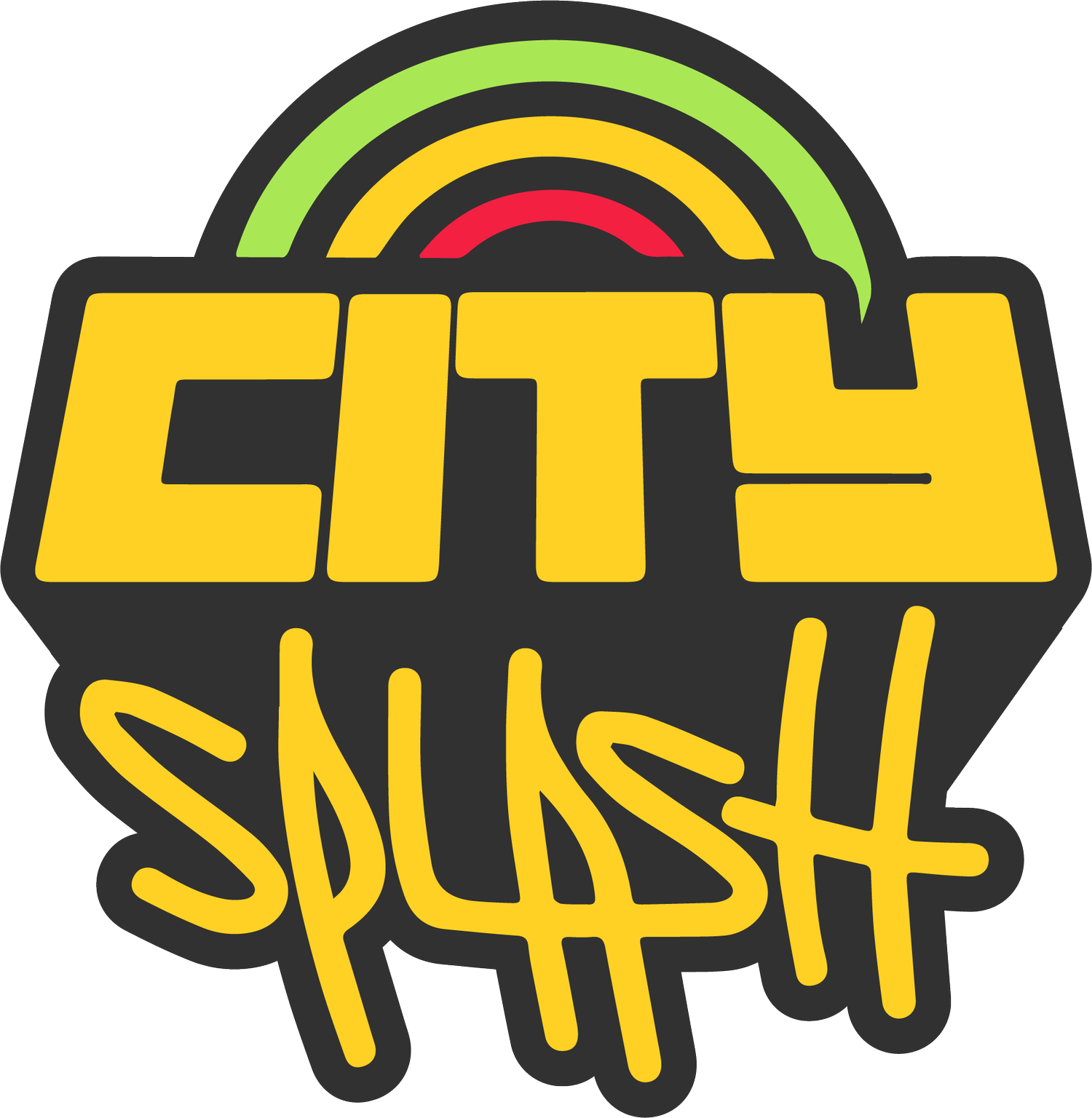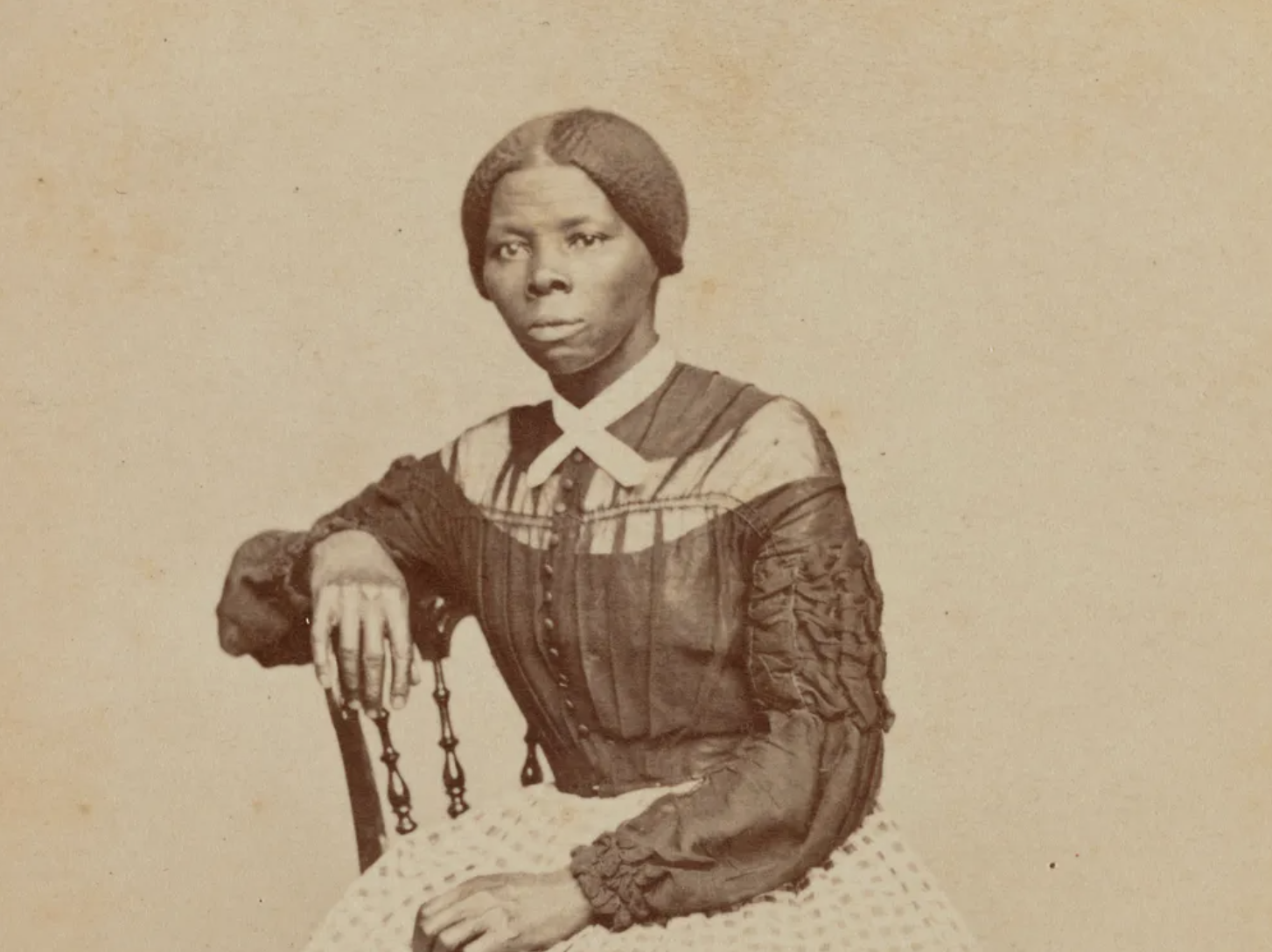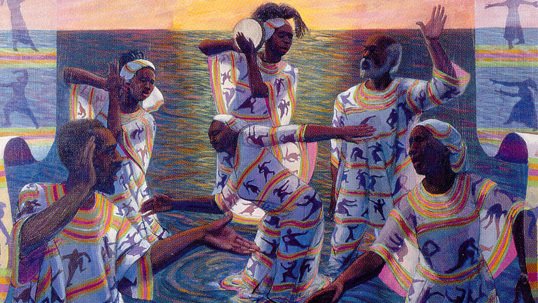music as a language
During the inhumane transatlantic slave trade, enslaved people were prohibited to speak in their native languages. This resulted in people creating a new way to communicate – through song!
Every song had different meanings; from directions and information on how to escape plantations to warning people of danger along the way. Harriet Tubman was a key figure in many songs of the time and was known by many as ‘Moses’ as she used music to communicate with the travellers.
These songs were referred to as ‘spirituals’ and passed down through many generations. They were songs of freedom and survival, used to communicate feelings, from sorrow to hope. The songs were influenced by African and religious traditions and it is likely that Gospel music was derived from these spirituals.
In most southern American states, it was illegal to teach enslaved people to read or write and the use of music allowed people to secretly communicate through coded lyrics. For example, the well known song ‘Wade In The Water’ was used as a tool to help people try to avoid capture as it urged people to hide in bodies of water if they found themselves in danger. This life saving suggestion would also throw bloodhounds off their scent.
The song ‘Follow The Drinking Gourd’ was used as a map and contained key directions for enslaved people on their escapes. The lyrics include clues to follow a specific constellation and to set off at the beginning of spring (when the days are longer).
Swing Low Sweet Chariot’ was also used in the South to warn people to prepare for escape. The lyrics “band of angels” refer to the conductors of the Underground Railroad (sweet chariot), who would soon come south (swing low), to guide them north to freedom (carry me home).
We knew music had powers, but in this instance, music could literally have been the difference between life and death.



